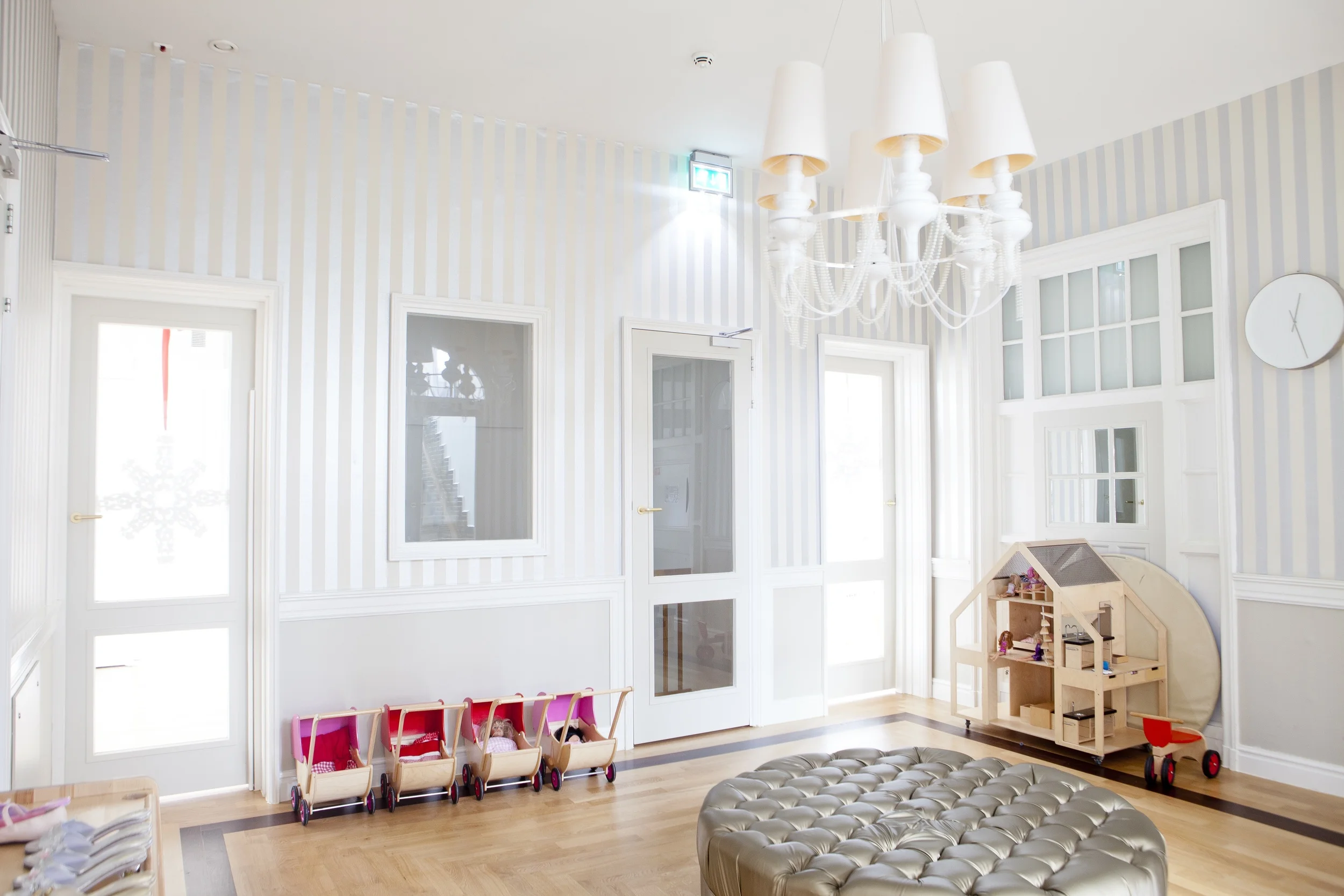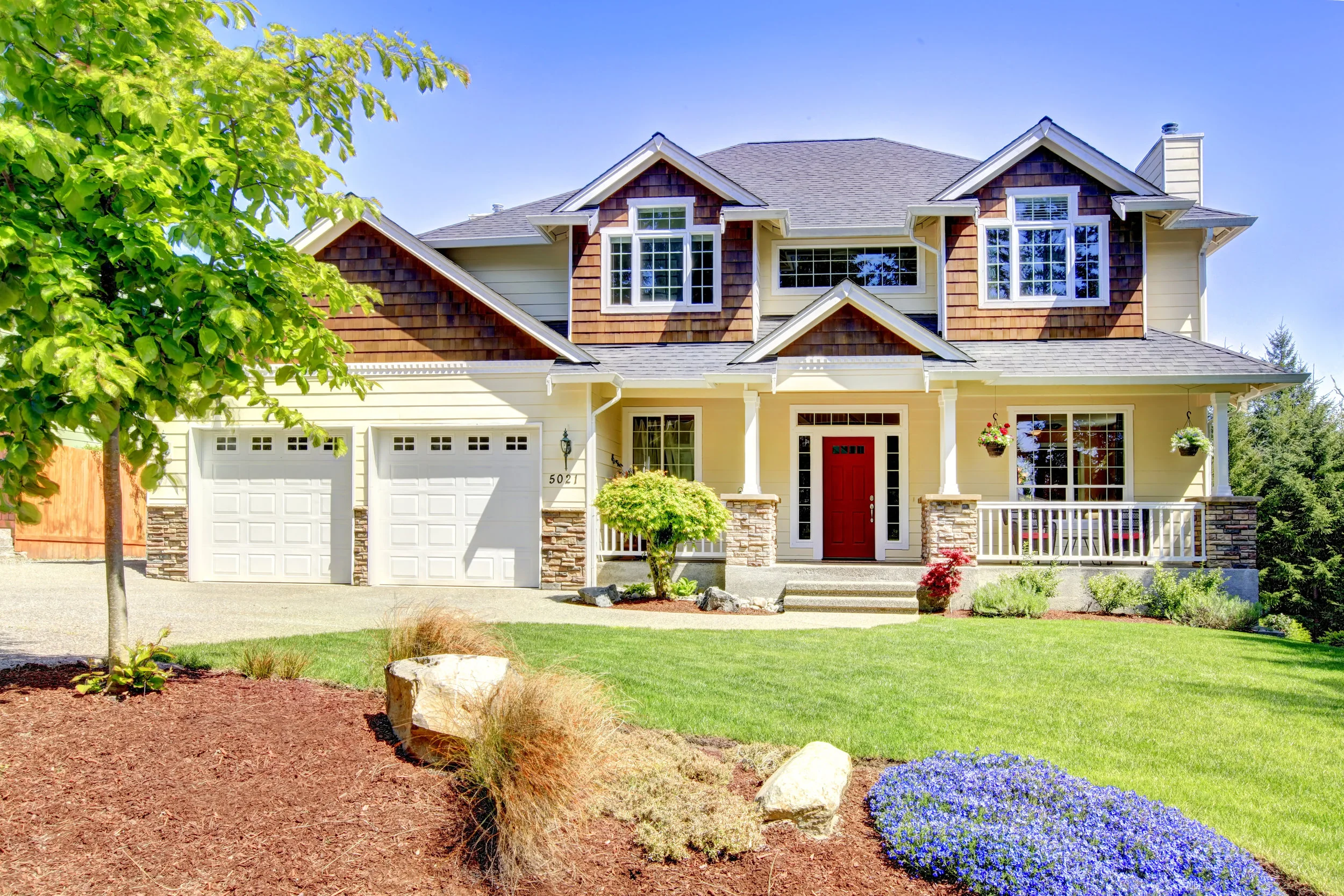Dave,
We are currently looking for a new house here in the Grand Valley. Our budget is around $225,000 and it seems like every time we find a house we want to see, it’s under contract before we can even schedule a showing! We just got our house under contract and are feeling the pressure to find something new pretty quickly. What’s the deal with houses in our price range moving so fast? Do you have any advice on what we can do to find something we like before it goes under contract?
Thank you so much for your help!!
Mackenzie & John, Grand Junction
Mackenzie & John,
Wow! Your observations are absolutely correct! The segment of the market that you are searching in is moving at a very brisk pace and the competition can be fierce! I had a property that I put on the market this week and had 3 offers on the first day and the winning bid was significantly over our asking price. I sure did not see that coming! However, situations like this are happening with more and more regularity so as a buyer, you must be ready and willing to put your best foot forward right out of the gate. Don’t be afraid to compete!
“These are several techniques to help you up your game in this increasingly more competitive real estate market. ”
There ARE some simple things that you can do to help move your offer up in the pecking order when the offers are presented to the seller!
- Be willing to offer more than asking price! I have seen many an offer lost over $500 or $1000. If you really want the property and there are multiple offers, go 1-2% over asking price and watch your chances soar! If the home is $225k, offer $229k and my bet is you get it.
- Offer more earnest money than what the seller is requesting. Earnest money is often times an overlooked negotiating tool that absolutely DOES mean something to a seller and can tip the scales if the offer prices are similar.
- Be flexible with the closing and possession date. This will show the seller that you are willing to work with them and make the transition fit their needs.
- Be willing to cover your own or at least part of your own closing costs. Over 80% of the offers we see contain seller paid closing costs. Eliminating these closing costs indicates to a seller that you are a stronger buyer. After 15 years and thousands of contracts negotiated, it is a fact that most sellers don’t like paying the buyers' closing costs.
- Do not ask for personal property or things that the seller is not offering as inclusions with the property. If they have not included the nice new looking refrigerator, don’t ask for it. If you find their lawn furniture comfy don’t try to throw it in, go buy your own. I have yet to find a seller who looks upon request for personal property with a favorable eye.
- Be willing to waive your inspection contingency! If you do this, it will be clear to the seller that you are making a serious offer and have serious intent to purchase the home. This is a last resort move, however, it is a doozy if you have confidence that the property is in good condition.
These are several techniques to help you up your game in this increasingly more competitive real estate market. Notice that none of these are high dollar techniques or anything really fancy, but I promise they will make a difference and if you combine 2 or 3 of these in the same offer you will probably have an unbeatable combination.
Remember sometimes it takes a little courage, faith and risk to get what you want so don’t let fear or hesitation hold you back from making things happen. When you craft your offer with your agent, look at it through the eyes of a seller, be willing to think outside of the box and create a win/win for both parties and I bet you have a new home in no time at all. I’ll bet the next time you submit an offer, it will be FUN! Good luck.
Dave Kimbrough
The Kimbrough Team

















